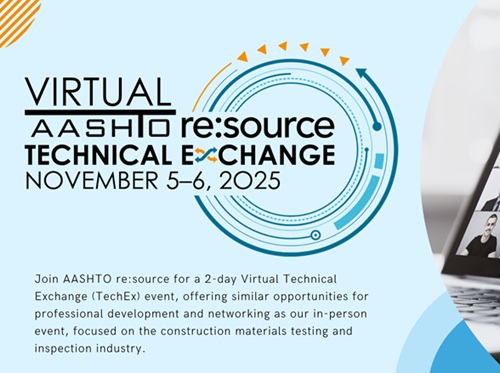The latest episode of the AASHTO re:source podcast visited with the Oklahoma Department of Transportation to learn about its updated geotechnical investigation processes as the agency adopts more modern project delivery methods.
[Above image via AASHTO re:source]
AASHTO re:source – a division of the American Association of State Highway and Transportation Officials – provides services and tools through three major programs: the Laboratory Assessment Program, the PSP, and the AASHTO Accreditation Program. It launched this podcast series in September 2020.
On this episode of the podcast, Siv Sundaram – process improvement engineer for Oklahoma DOT – and Bryce Hanlon, geotechnical design engineer with the agency, discussed the importance of geotechnical investigations and how they are evolving within the transportation sector.
“In general, geotechnical studies help figure out what’s going on below the ground for construction projects,” Hanlon explained.
“A lot of people don’t realize that it’s what’s underneath that’s supporting everything – and there are a lot of issues that can come from that, such as the impact of soil-related groundwater,” he said. “[Geotechnical investigations] help develop a plan to identify all the potential issues and allow project engineers to design for it and then allow contractors to know what they’re getting into prior to bidding on a project. [Such investigations] allow things to go more efficiently [and help] whatever they’re building last longer.”
Sundaram added on the podcast that geotechnical investigations are now being updated as the agency moves from two-dimensional or 2D project modeling into three-dimensional or 3D modeling processes.
“We’re going through a lot of changes in the way we deliver projects, so we need to make sure that whatever processes we have currently are compatible with where we are headed in terms of project modeling,” he said. “We need to get ready for inspecting things in a 3D model – especially if we go into 3D models without having paper copies.”
To listen to the full podcast, click here.
 AASHTO
AASHTO
Success of Virtual ‘TechEx’ Complements In-Person Meeting
December 19, 2025 AASHTO
AASHTO

